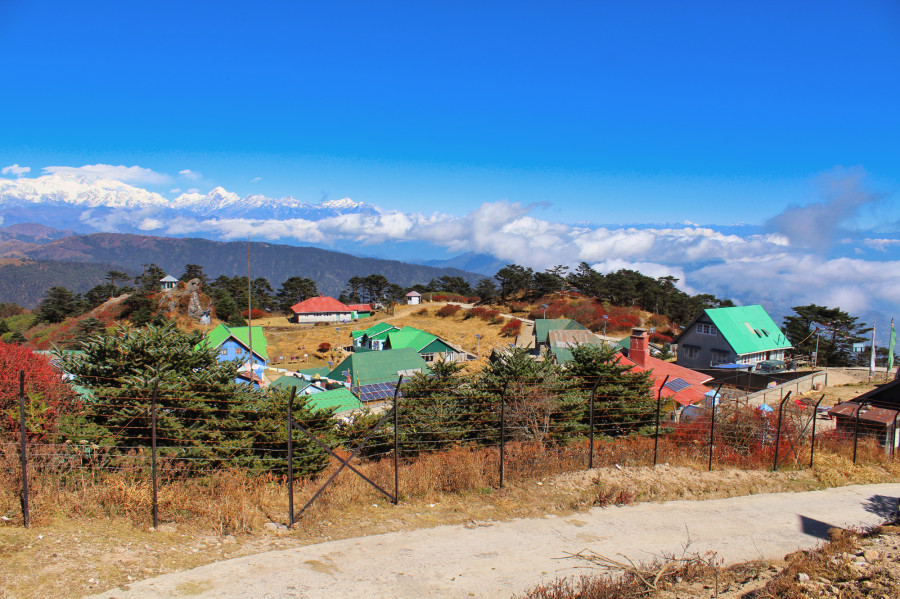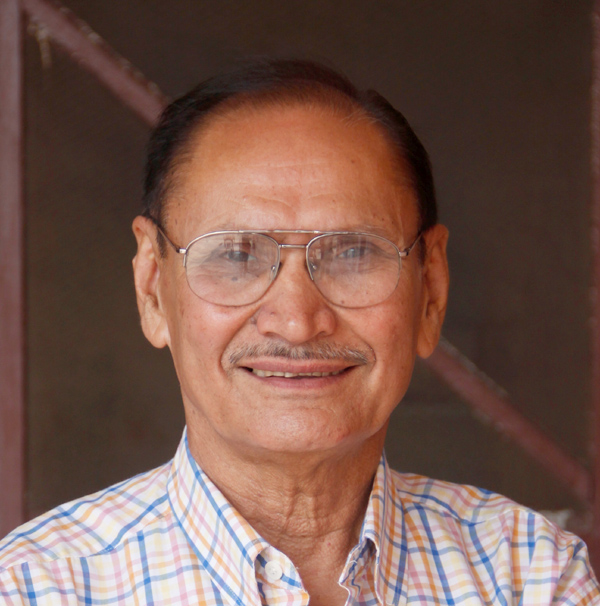Columns
How tourism might not benefit Nepal
The way local governments are scrambling to host tourism festivals without any study will not create a sustainable avenue for tourism development.
Chandra Prasad Bhattarai
Sooryodaya Municipality in Ilam recently held the Sooryodaya Mahotsav. The colourful five-day tourism festival was celebrated concurrently throughout the municipality and was inaugurated by the Province's Chief Minister. The organisers believe that the festival supports the federal government's campaign of Visit Nepal Year 2020, and helps to promote tourism, not only in the local area but also in the entire province. The convenor of the festival and Deputy Mayor of Sooryodaya Municipality, Durgadevi Bhattarai, is reported to have claimed that more than 400,000 persons from Nepal, India and Bhutan visited the festival. She proudly revealed that the total transaction from the sale of goods and services in the event was stood at Rs10 million. The exact composition of the nationalities of the visitors from the three countries is not known but the money they spent, Rs25 per person in average, speaks of the contribution of the much-lauded tourism promotional event in the local economy.
The tourism industry is not merely about creating crowds; its essence lies in bringing reasonable economic returns to the stakeholders involved in its operation: the entrepreneurs and the community. This industry is about serving the visitors from various parts of the world to see and appreciate local treasures by providing hospitality in a range of services such as hygienic and healthy food, clean and comfortable accommodation, reliable transportation, local sightseeing etc.
Tourism obviously has strong backward and forward linkages with other sectors of the economy. The local agriculture, horticulture, livestock farming, handicraft industry and several other service provisions, in principle, benefit from tourism. In return, people engaged in such activities are expected to be compensated for with some economic gains that eventually add value to their economic and social advancement.
The entire Ilam district, with its good stock of natural and manmade tourism resource bases, is rich from the perspective of the development of international tourism. The view of the sunrise from Antudanda is unique. The Sandakpur peak and the 85 metres high Todke Falls and several other magnificent waterfalls are precious creations of nature. The bio-diversity, the rich cultures of the Limbu and Lepcha ethnicities, and the prominent Hindu and Buddhist religious spots such as Maipokhari, Gajurmukhi, Mangmalung, Mangsebung are equally valuable assets of the district. Ilam has maintained a reputation in tea plantation from as early as in the 1870s, with Kanyam and Fikkal in the district still having beautiful tea gardens.
Despite having all these, Ilam has not been able to gain much from tourism. Possessing something and capitalising on it is not the same. People will not benefit from the resources they have unless they possess the necessary skill. The locals do not seem to know how they can sell their goods and services at the best prices. Their familiarity with the quality of good services any high spending tourist looks for is limited, and so is the access to the international market. They have often been told that observing mahotsavs or tourism festivals will contribute greatly to the economy. In fact, big financial support is provided by different levels of government to organise such festivals.
The story does not end in Ilam. All the rural and urban municipalities and provincial governments across the country are enthusiastically waiting for their turns to hold tourism festivals. But it remains to be seen, with further study, whether such festivals help in the sustained development of tourism at all.
Nepal has neither been able to identify strong prospects for the development of tourism, nor the possible threats to the sector. The economy has been suffering badly from this ignorance. While the potential for international tourism is very high, much cannot be expected from domestic tourism due to the population's meagre disposable income, which makes tourism-related activities an expensive activity at this point.
In the absence of proper scientific research on how Nepal can benefit effectively from its tourism sector all tiers of government seem to be in illusion. The economic returns of the target of welcoming 2 million tourists in 2020 are not properly assessed. The formal private sector in the hospitality industry, as the investor and risk-taker in the game, is not hopeful of any big economic returns in view of the current scenario. On the other hand, lately, Nepal has established itself as one of the cheap destinations in the international market. International visitors' spending in Nepal averaged $44 a day in 2018. This earning is very low compared to the vast treasure Nepal has in store for its international guests to experience.
‘The festival will contribute to the government’s mission of Prosperous Nepal, Happy Nepali’, the Chief Minister of Province 1 had said at the inaugural session of the Sooryodaya Tourism Festival. Few questions have been striking me since then. How much of the total transaction of the Rs10 million in this Mahotsav was spent in importing khaini and gutka from India and how much for instant noodles, beer and other alcoholic drinks from other districts of Nepal to cater for the visitors? How much of the Rs25 spent on average by the Mahotsav visitors will be retained in the local economy? And finally, how much will it cost to clean the garbage produced by the 400,000 visitors?




 9.68°C Kathmandu
9.68°C Kathmandu















